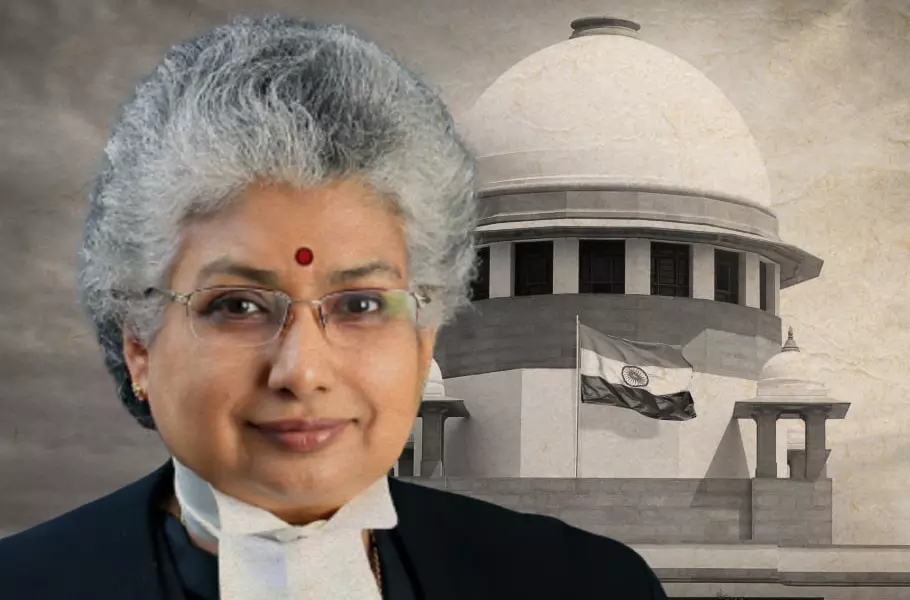
Why Justice Nagarathna, likely to be 1st woman CJI, may serve for just 36 days
With seniority rules dictating SC appointments, it is unlikely for the representation of women in the top court to significantly increase in the next few years

Justice Bhushan Ramkrishna Gavai took oath on Wednesday (May 14) as the 52nd Chief Justice of India (CJI). His tenure, however, will span only six months, ending on November 23.
Following Gavai, Justice Surya Kant will serve as the CJI for 1.2 years from November 24, 2025 to February 9, 2027. Justice Kant will be succeeded by Justice Vikram Nath, who will occupy the office of the Chief Justice from February 7, 2027 to September 23, 2027. His tenure will span nearly 8 months.
While Gavai’s term is brief, the expected appointment of Justice BV Nagarathna as the 54th CJI in 2027 is expected to lead to an even shorter tenure — just 36 days.
First woman CJI
Nevertheless, Justice Nagarathna's elevation as the CJI will be historic, marking the first time a woman will hold the highest judicial post in India’s 75-year-old Supreme Court.
Until now, all 51 Chief Justices of India have been men, and only 11 women have served as judges at the apex court. Per seniority rules, Justice BV Nagarathna will become the first woman Chief Justice of India in 2027.
Justice Nagarathna, currently one of only two women judges in the apex court, will also hold the distinction of the longest-serving female judge, with over six years on the bench.
Also Read: Chief Justice of India Sanjiv Khanna bids farewell with glowing tributes
Systemic constraints
The judiciary elevates judges in accordance with seniority. According to this rule, among the judges under consideration, the senior-most judge is elevated to the top court and similarly, the senior-most judge becomes the Chief Justice.
This pattern in the tenure of Supreme Court judges, especially after they were appointed as Chief Justice, has raised debates over stability, effectiveness, and long-term vision in India’s judiciary.
Despite Justice Nagarathna's elevation, systemic change remains slow. Only 14% of High Court judges are women, as per the India Justice Report 2025. With seniority rule dictating appointments, it is unlikely for the representation of women in the top court to significantly increase in the next few years.
Also Read: SC to Centre: If women can fly Rafale, why not more of them in Army legal branch?
A legacy in the making
Justice Nagarathna, born in Bengaluru on 30 October 1962, earned her law degree from Delhi University and began her legal career in 1987.
She was elevated as a Karnataka High Court judge in 2008 and joined the Supreme Court on 31 August 2021. She practised in a wide variety of areas such as administrative law, constitutional law, commercial law, family law, etc.
Her notable contributions include leadership roles in judicial training and mediation organisations, and scholarly inputs to the Book “Courts of India” released by the Supreme Court.
When Justice Nagarathna assumes office on 24 September 2027, she will not only shatter a glass ceiling but also continue a family legacy as her father, Justice ES Venkataramiah, served as the 19th CJI. They will the second father-child duo in the history of India to have served as Chief Justices of India, after YV Chandrachud and DY Chandrachud.

